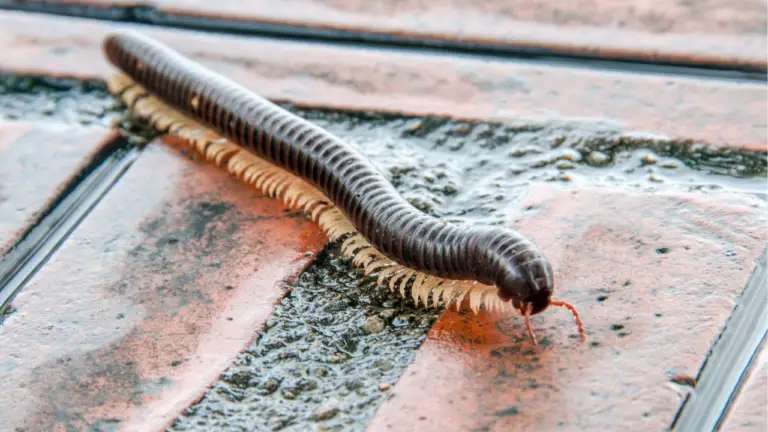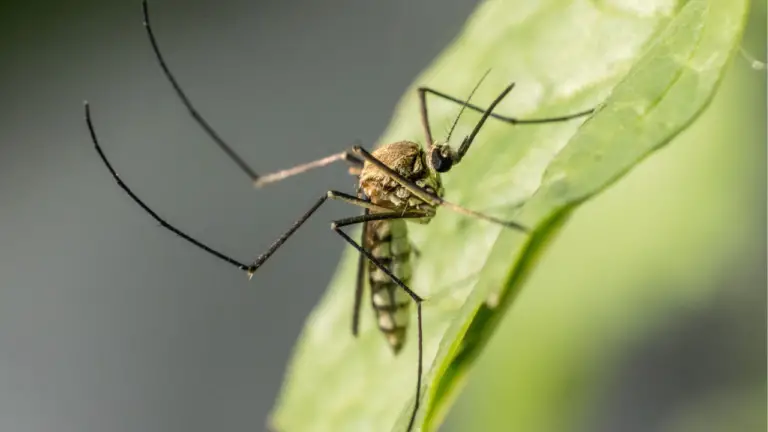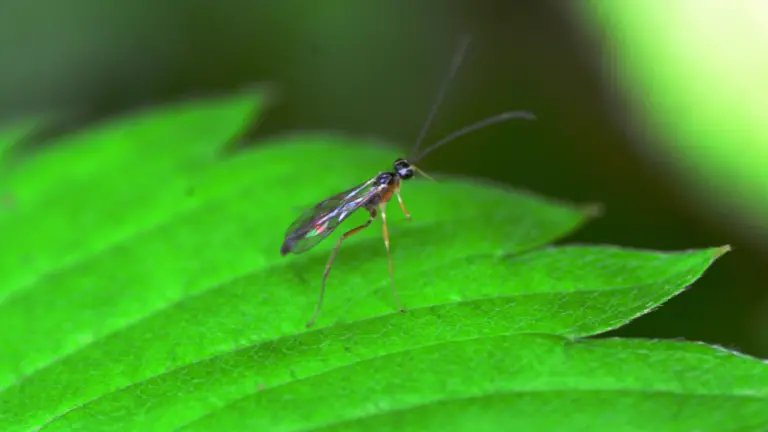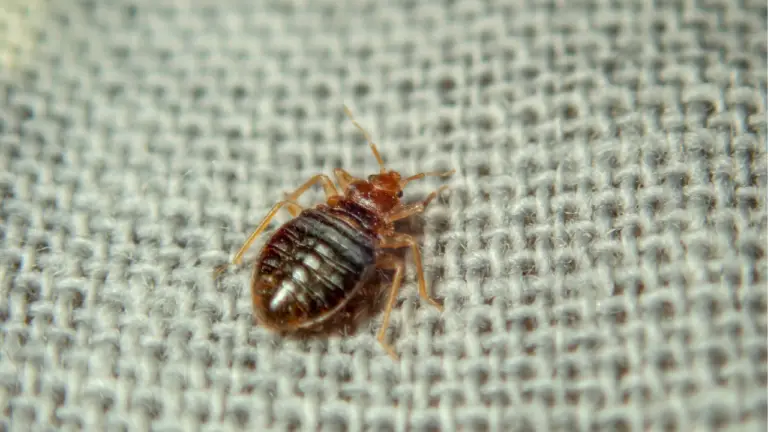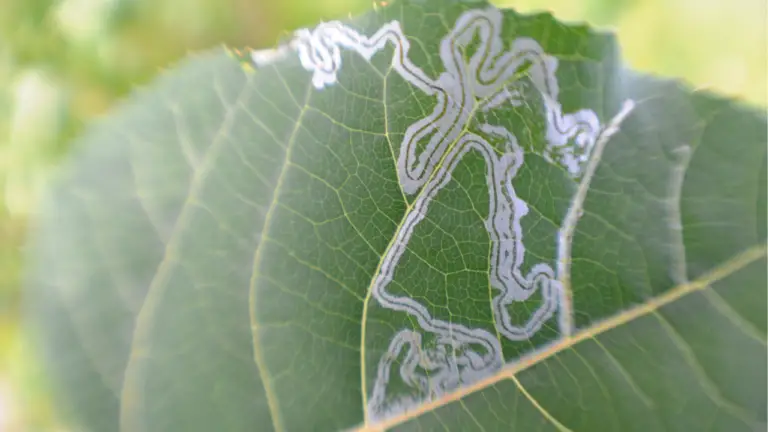10 Ways To Get Rid Of Tomato Hornworm (Naturally)
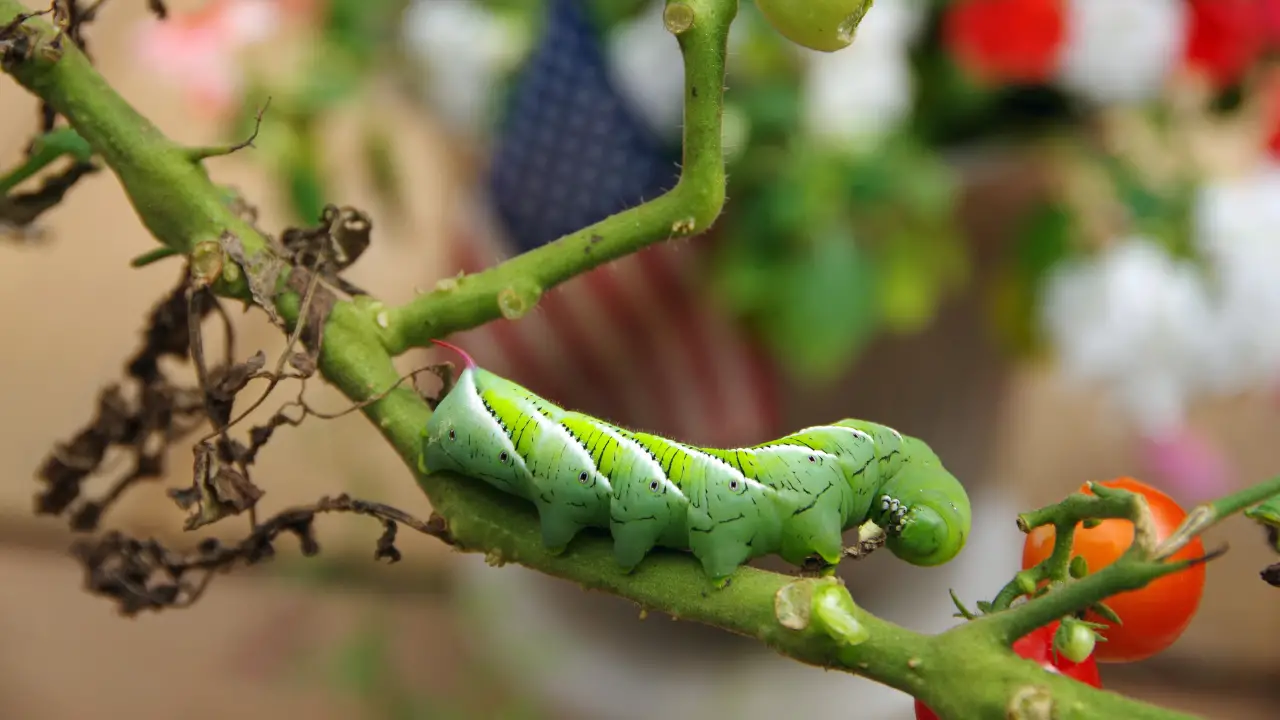
Tomato hornworms are notorious pests that can cause significant damage to tomato plants and other members of the nightshade family. These large, green caterpillars can strip foliage, chew through stems, and even munch on the fruits of your plants. For gardeners looking to protect their crops without resorting to chemical pesticides, natural methods offer effective solutions. This article outlines ten natural strategies to manage and eliminate tomato hornworms, ensuring your garden remains healthy and productive.
How to Get Rid of Tomato Hornworm Naturally
1. Handpicking
Handpicking is one of the simplest and most direct methods to control tomato hornworms. These caterpillars are large and easy to spot, particularly if you inspect your plants in the early morning or late evening when they are most active.
To handpick, wear gloves and carefully search your tomato plants for hornworms. Remove them by hand and place them in a bucket of soapy water to ensure they do not return to your garden. Regular inspections and handpicking can significantly reduce the hornworm population and prevent extensive damage to your plants.
2. Natural Predators
Encouraging natural predators in your garden can help keep the hornworm population under control. Birds, ladybugs, and green lacewings are some of the beneficial insects and animals that prey on tomato hornworms.
One of the most effective predators is the parasitic wasp (Braconidae family), which lays its eggs on the hornworms. When the eggs hatch, the larvae feed on the hornworm, eventually killing it. Planting flowers like dill, fennel, and Queen Anne’s lace can attract these beneficial insects to your garden.
3. Companion Planting
Companion planting involves growing certain plants together to repel pests and promote a healthy garden ecosystem. For tomato hornworms, companion plants such as basil, marigolds, and borage can be particularly effective.
Basil and marigolds have strong scents that deter hornworms, while borage attracts predatory insects that feed on these pests. Planting these companions around your tomato plants creates a natural barrier, reducing the likelihood of hornworm infestations.
4. Neem Oil
Neem oil is a natural pesticide derived from the seeds of the neem tree. It is effective against a wide range of garden pests, including tomato hornworms. Neem oil works by disrupting the feeding and reproductive patterns of the insects.
To use neem oil, mix it with water according to the instructions on the product label and spray it onto your tomato plants, ensuring thorough coverage of both the tops and undersides of the leaves. Regular applications can help keep hornworm populations in check without harming beneficial insects or pollinators.
5. Diatomaceous Earth
Diatomaceous earth (DE) is a natural powder made from fossilized diatoms. It is harmless to humans and pets but deadly to soft-bodied insects like tomato hornworms. When hornworms come into contact with DE, it damages their exoskeletons, causing them to dehydrate and die.
Sprinkle a thin layer of food-grade diatomaceous earth around the base of your tomato plants and on the foliage. Reapply after rain or heavy dew to maintain its effectiveness. DE provides a safe and natural method to protect your garden from hornworms.
6. Beneficial Nematodes
Beneficial nematodes are microscopic worms that naturally occur in soil and attack a variety of garden pests, including tomato hornworms. These nematodes enter the bodies of hornworm larvae and release bacteria that kill the host within a few days.
You can purchase beneficial nematodes from garden centers or online retailers. Apply them to your soil according to the instructions provided. They will seek out and destroy hornworm larvae, helping to reduce the population before it can cause significant damage.
7. Bacillus thuringiensis (Bt)
Bacillus thuringiensis, commonly known as Bt, is a naturally occurring soil bacterium that produces toxins harmful to certain insects. It is particularly effective against caterpillars like tomato hornworms. Bt is safe for humans, pets, and beneficial insects.
To use Bt, mix the powder or liquid form with water according to the product instructions and spray it onto your tomato plants. When hornworms consume the treated leaves, they ingest the bacteria, which disrupts their digestive system and eventually kills them.
8. Crop Rotation
Crop rotation is an agricultural practice that involves changing the types of crops grown in a particular area from season to season. This practice can help disrupt the life cycle of tomato hornworms and reduce their presence in your garden.
By rotating your tomato plants with non-host crops, such as beans or carrots, you can minimize the likelihood of hornworms returning to the same spot year after year. Crop rotation also promotes soil health and reduces the buildup of other pests and diseases.
9. Row Covers
Row covers are lightweight fabrics that can be draped over plants to protect them from pests while allowing sunlight, air, and moisture to penetrate. Using row covers can effectively prevent adult moths from laying eggs on your tomato plants.
Cover your tomato plants with floating row covers, securing the edges to the ground to prevent moths from getting underneath. Remove the covers during flowering to allow pollination, then replace them to continue protecting the plants from hornworms.
10. Mulching
Mulching involves spreading a layer of organic or inorganic material over the soil surface around your plants. Mulch can help deter tomato hornworms by creating a physical barrier and making it more difficult for moths to lay eggs on the soil near your plants.
Use organic mulches such as straw, grass clippings, or compost, which can also improve soil health and retain moisture. Apply a thick layer of mulch around your tomato plants, taking care not to cover the stems directly. Mulching can be an effective part of an integrated pest management strategy.

